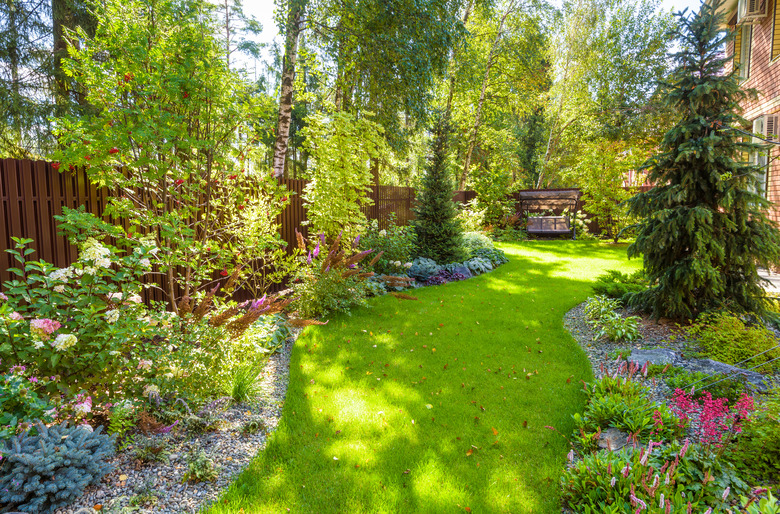Characteristics Of Pine Trees
Tall and shapely, the pine (Pinus spp.) is a hardy tree. The pine tree can seem like a basic species that populates nearly every nation around the world. The hardy pine tree pops up in regions from Asia to North America with more than 120 species peppering backyards, foothills and mountains.
Growing Pine Trees
Growing Pine Trees
The majority of pine trees can be found in the Northern Hemisphere. The hardy tree loves to be in full sun. It requires wide open spaces to propagate under all that sunshine.
Pines prefer sandy, well-drained soil. When they have the right conditions, they can live more than 100 years. Some pine trees can live to be thousands of years old, such as the Bristlecone pine (Pinus longaeva, USDA zones 4-8), which makes its long-standing home in central Nevada's Great Basin National Park.
Some pine trees make a good landscape choice for certain desert climates because they are drought- and pest-resistant.
Pine Tree Branches
Pine Tree Branches
The branch of a pine tree sticks out perpendicularly from its straight, thick trunk. The trunk may bend if it needs to search for sun or has a loss of a constant water source. The needles on a pine tree can stretch from an inch to up to 11 inches long, depending on species.
A unimodal pine tree has one whorl of branches that bud from the tip of a new shoot. This only happens once a year. A multimodal creates two or more whorls of branches each year.
Pine Tree Needles
Pine Tree Needles
The pine has acicular-shaped pine leaves, which are mostly referred to as needles for their spindly and sharp shape. Most needles grow in groups of two to eight. When new shoots grow, they appear as extended "candles," at the ends of existing shoots. Pine needles have a waxy outer layer. The purpose of pine needle wax is to prevent the tree from losing water through its tender, outermost parts. The waxy needles also keep the pine from burning up from the low brush fire.
When needles fall to the ground, they create a blanket around the pine that smothers other tree seeds. This duff, as it is called, is highly flammable. When lightening strikes, it can ignite the duff, which will take out invasive trees.
Pine as a Useful Product
Pine as a Useful Product
Pine is generally used for timber, an economical crop in cities in the Northern Hemisphere. The pine tree is broken down into smaller parts for use as pulp for paper, resin and other products. Turpentine comes from pine byproducts.
Pine pollen is an adaptogen that helps reduce stress and promotes a good night's rest when taken in pill form. A tea made from dried pine needles can assist in night respiratory issues or for those who have breathing issues during allergy season.
Pine Bark and Cones
Pine Bark and Cones
Pine bark is different from other tree barks. The typical pine tree has a reddish-brown bark that is rough to the touch. It can be used in many ways around the house. It is used in gardens to keep pests away and to hold in moisture from the ground.
Pine cones are made of scales that form around a central axis, and they be either male or female. The female cone is the one that gets the most attention. They are thick with broad layers.
The male pine cone is smaller and leaner and contains pollen to fertilize the open layers of the female pine cones that litter the ground beneath a mature pine tree.
Sumatran Pine Stand Out
Sumatran Pine Stand Out
One pine tree has made adaptations to fit into its surroundings in the rain forests and jungles south of the equator, far from its pine tree botanical cousins.
Sumatran pines thrive in subtropical and temperate climates at 13,000 feet or below. They find chilly temperatures to be too difficult for their tender root systems and thin needles.
